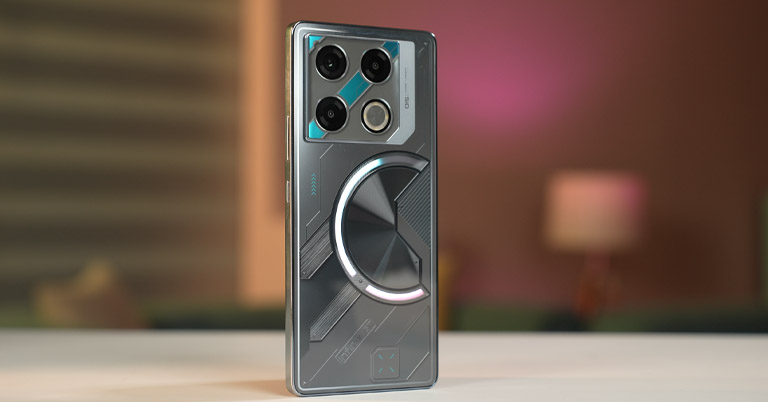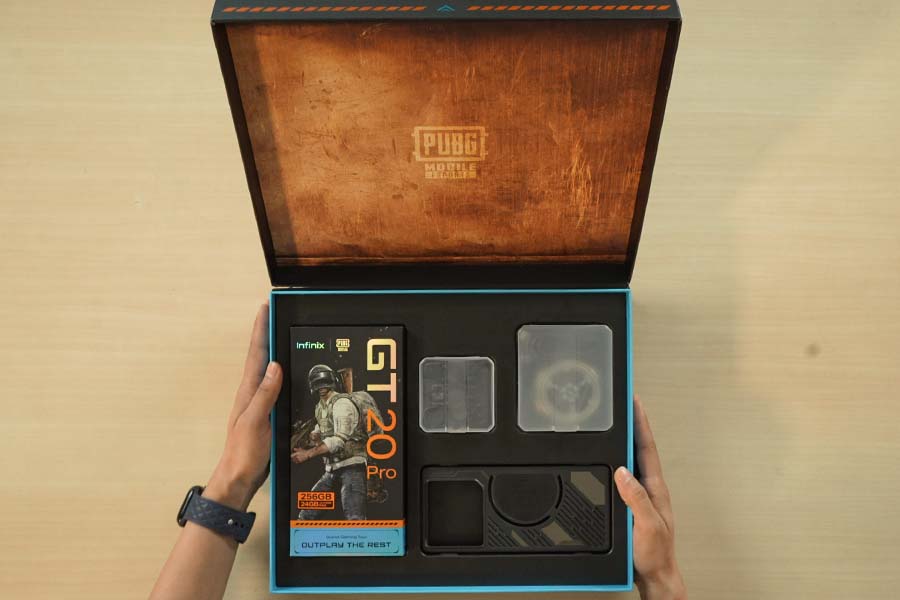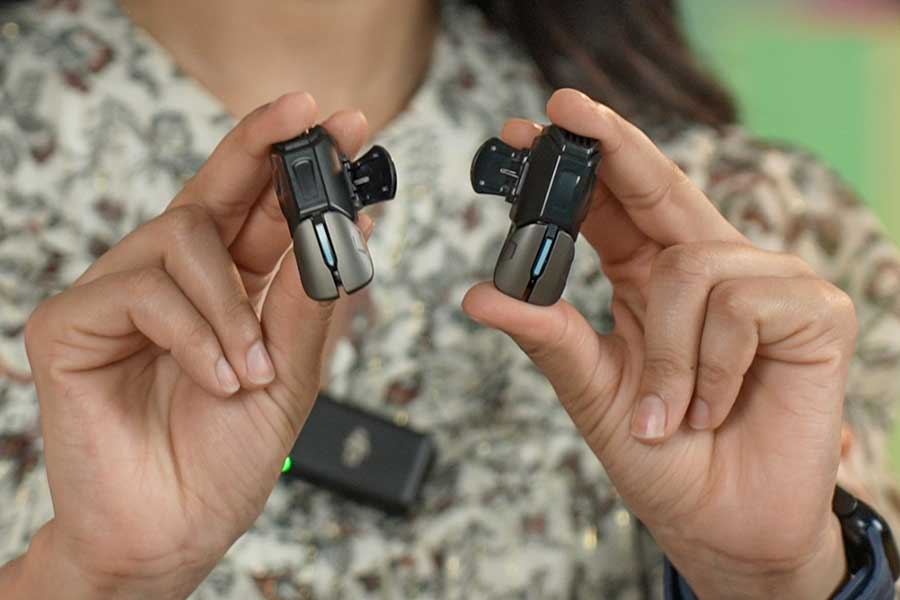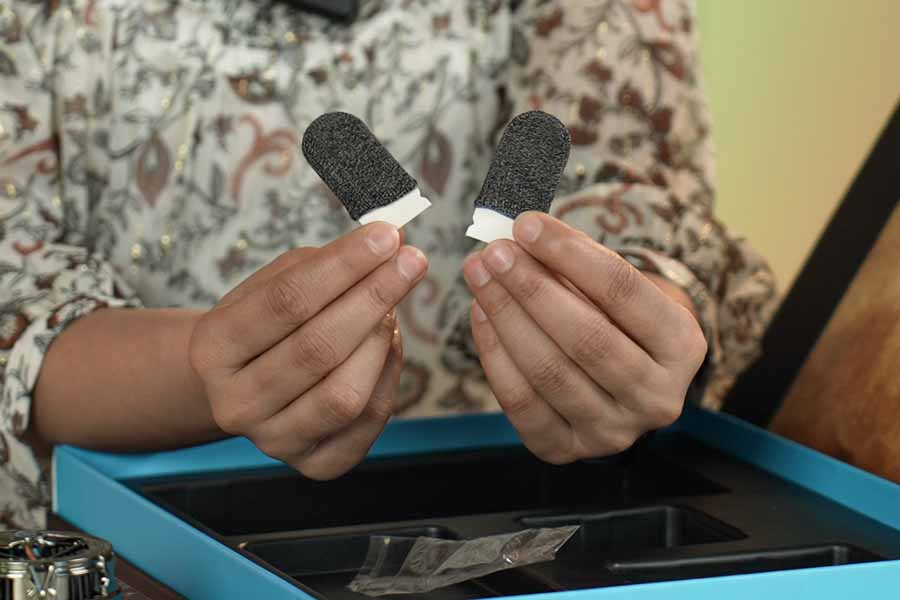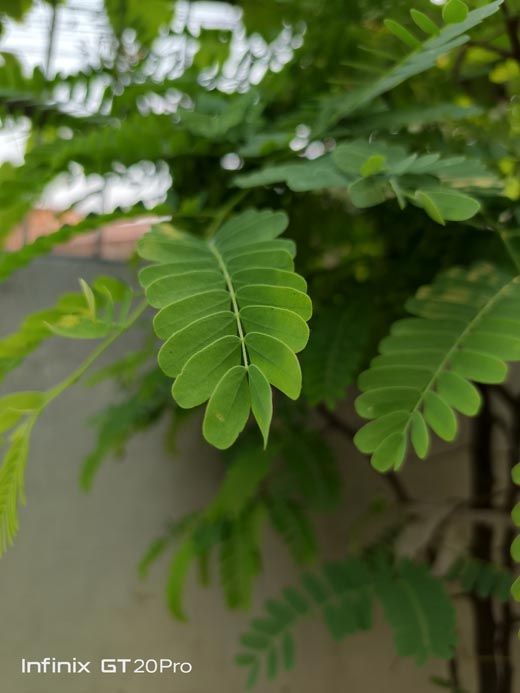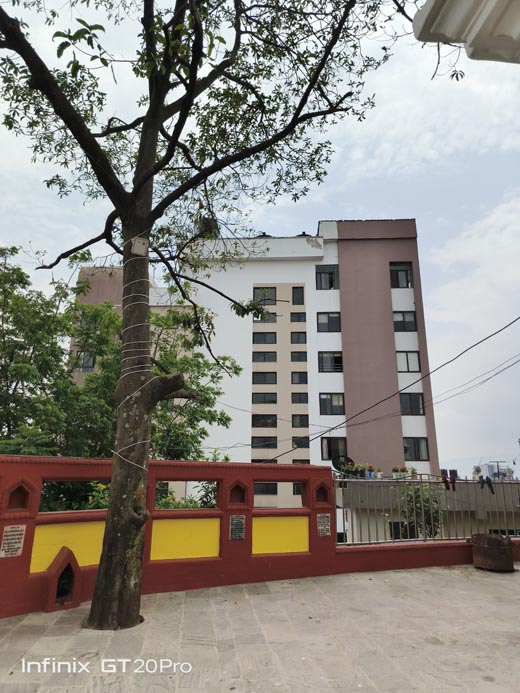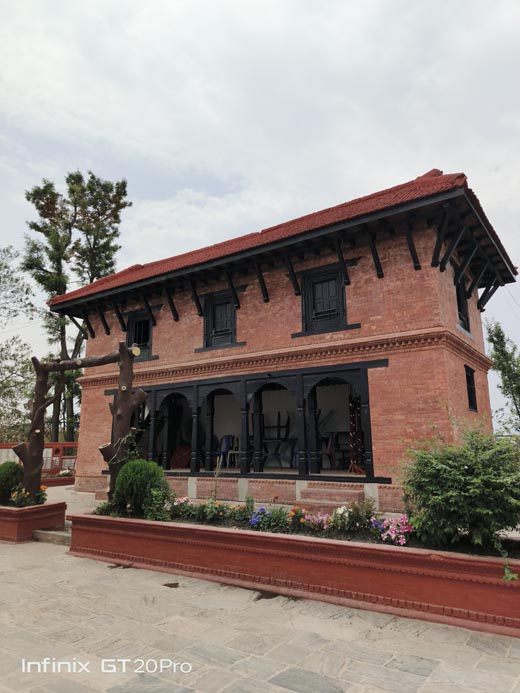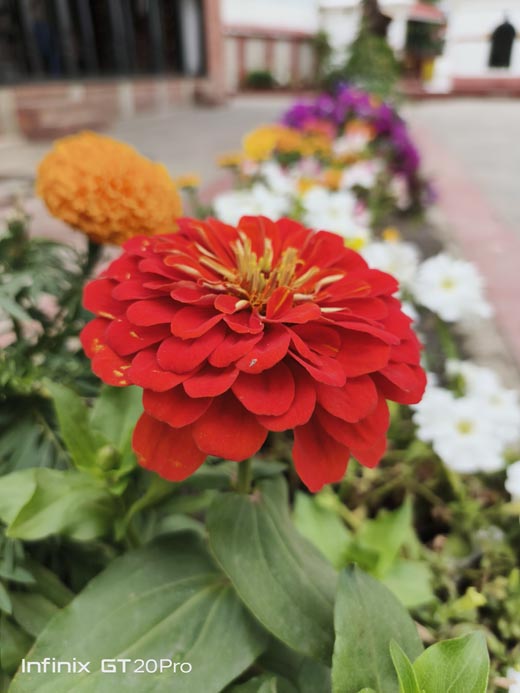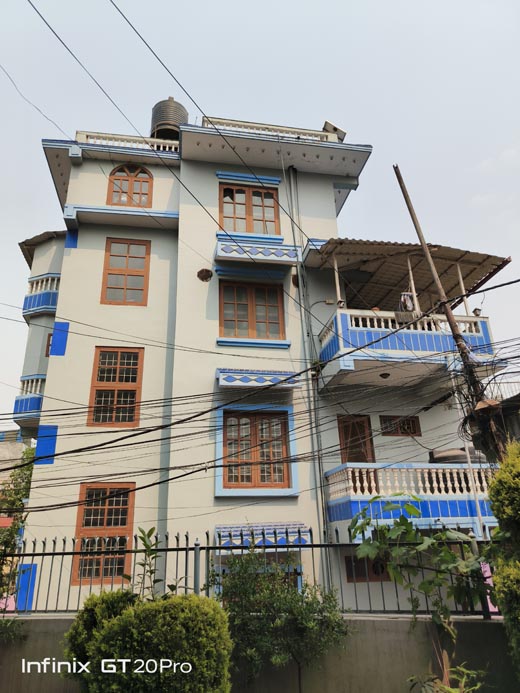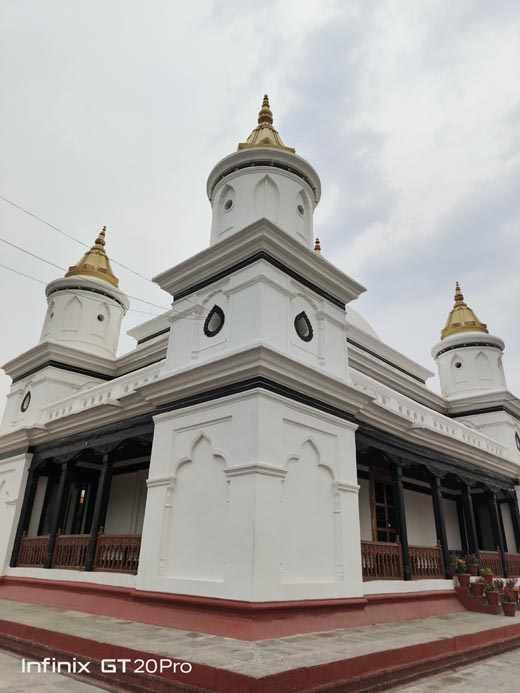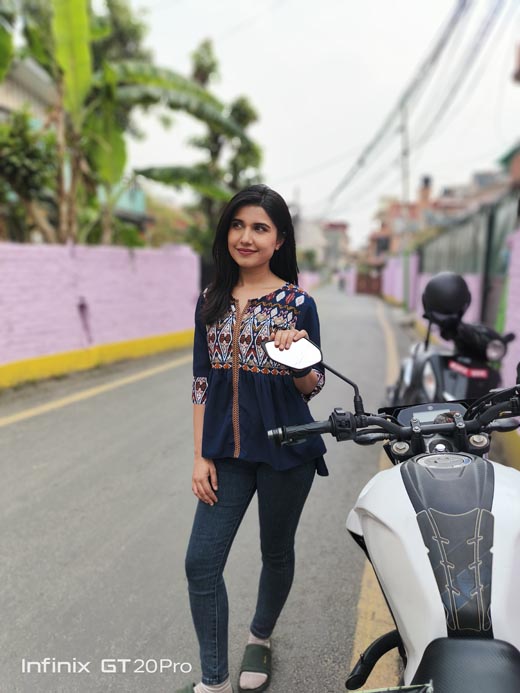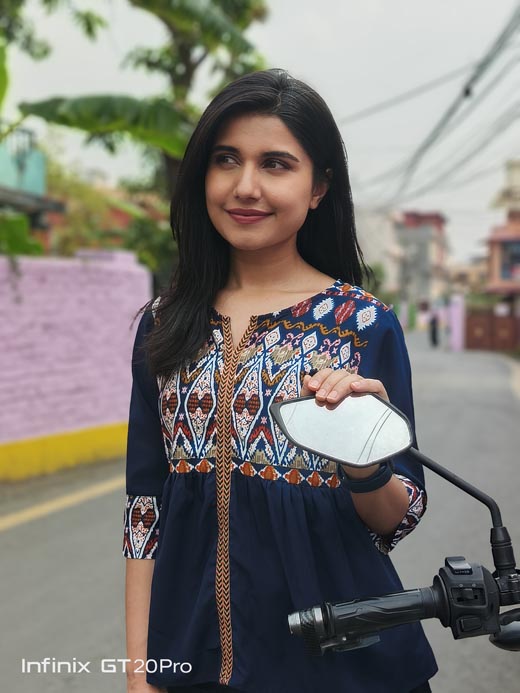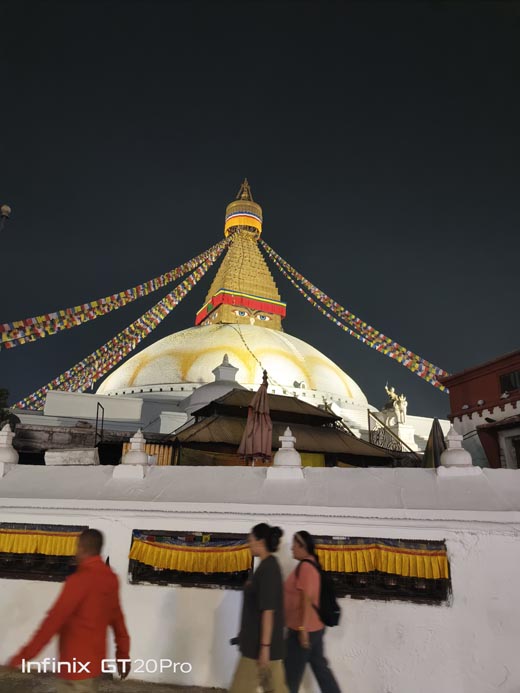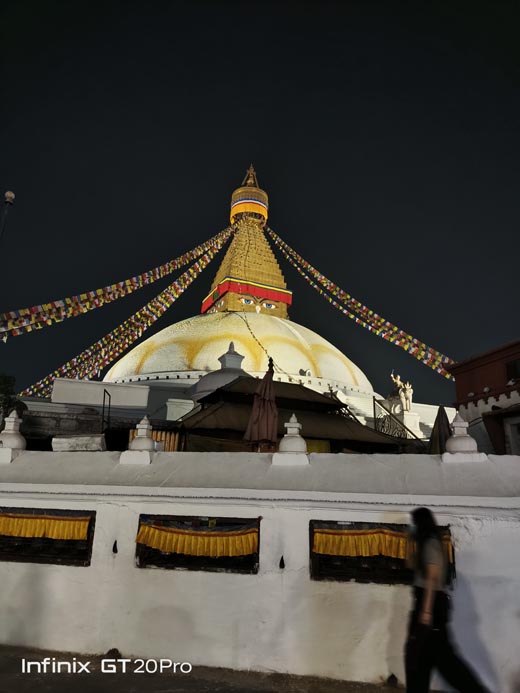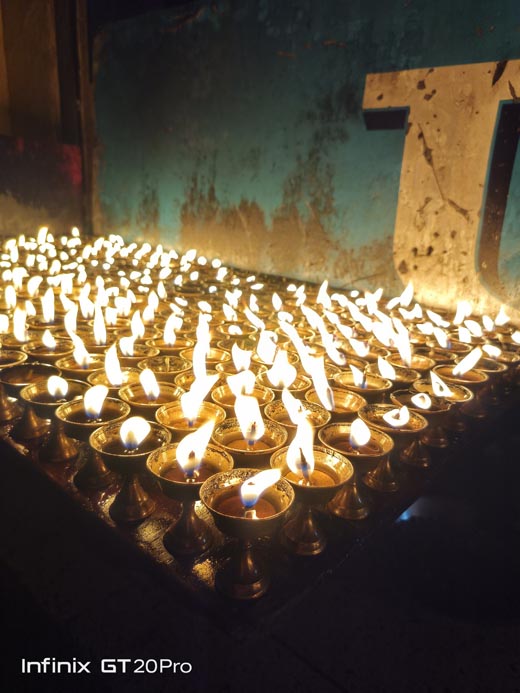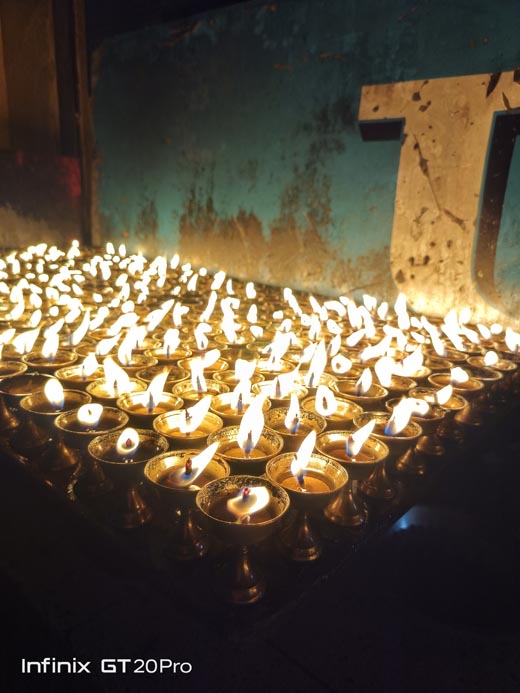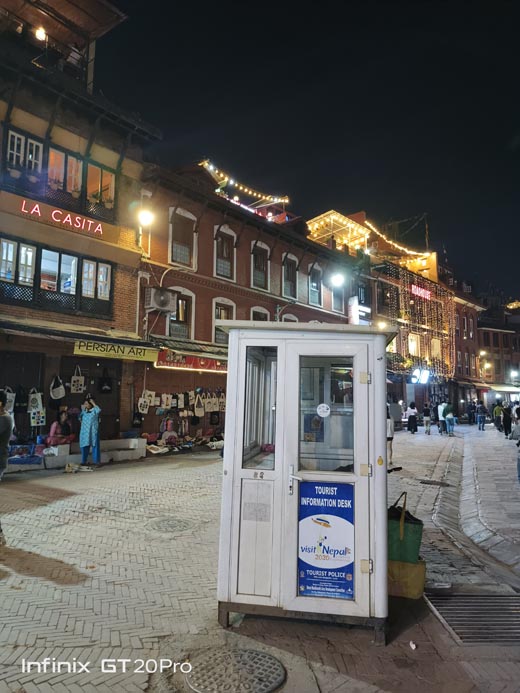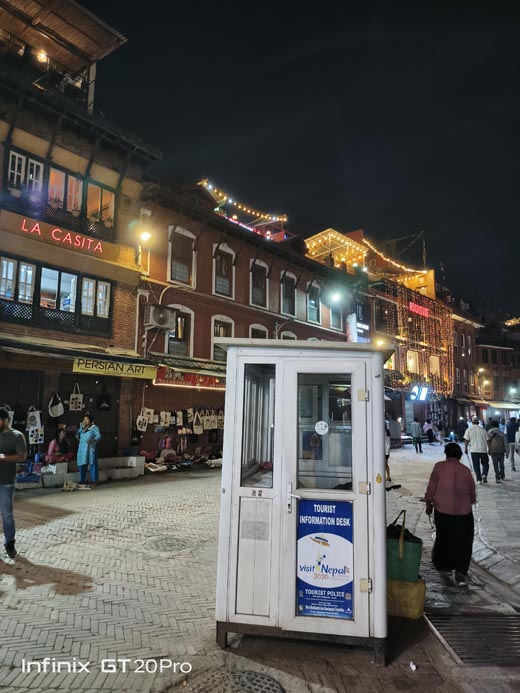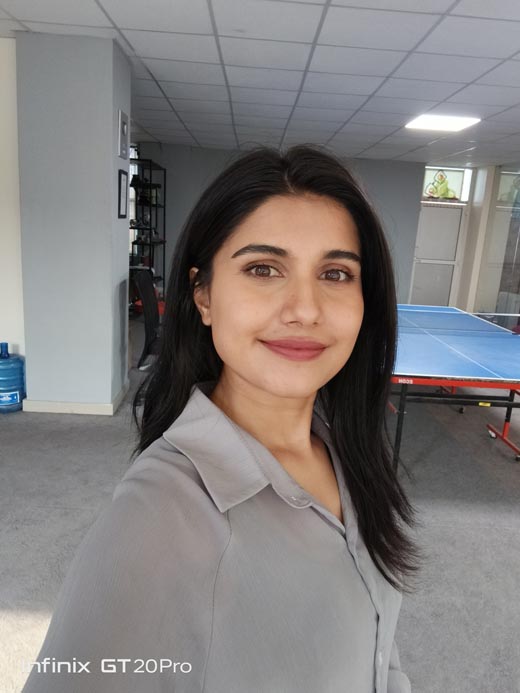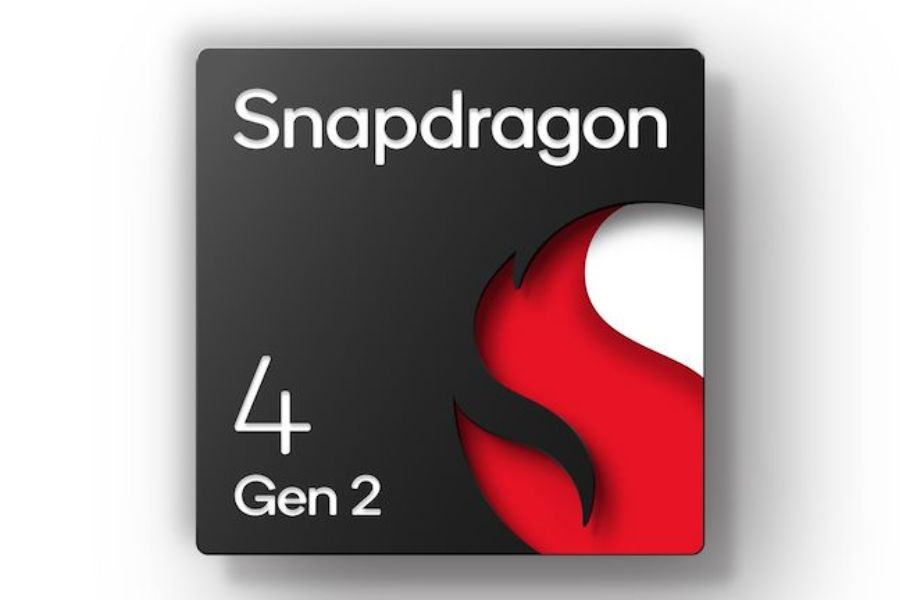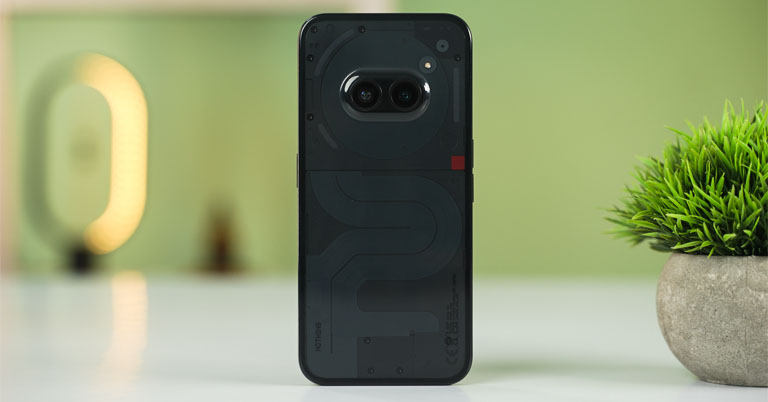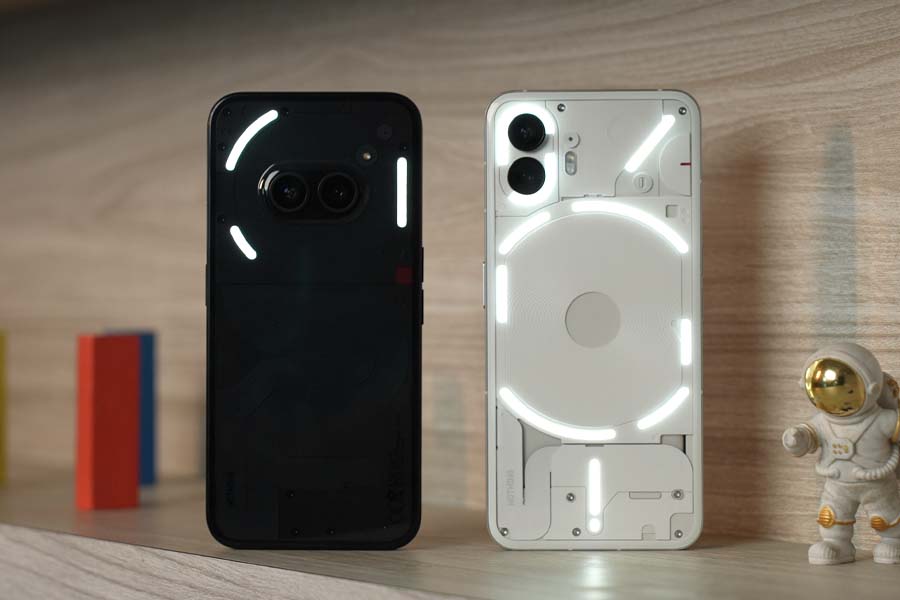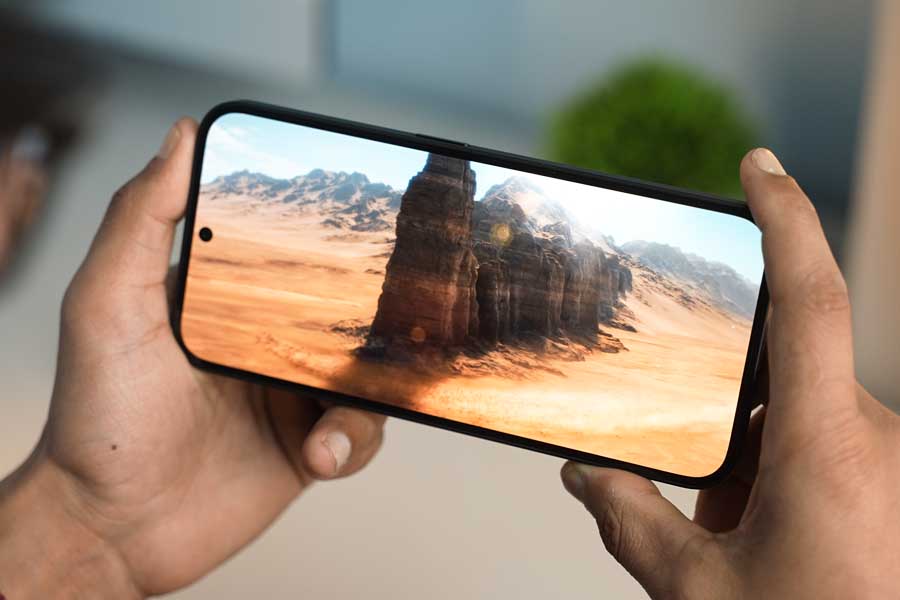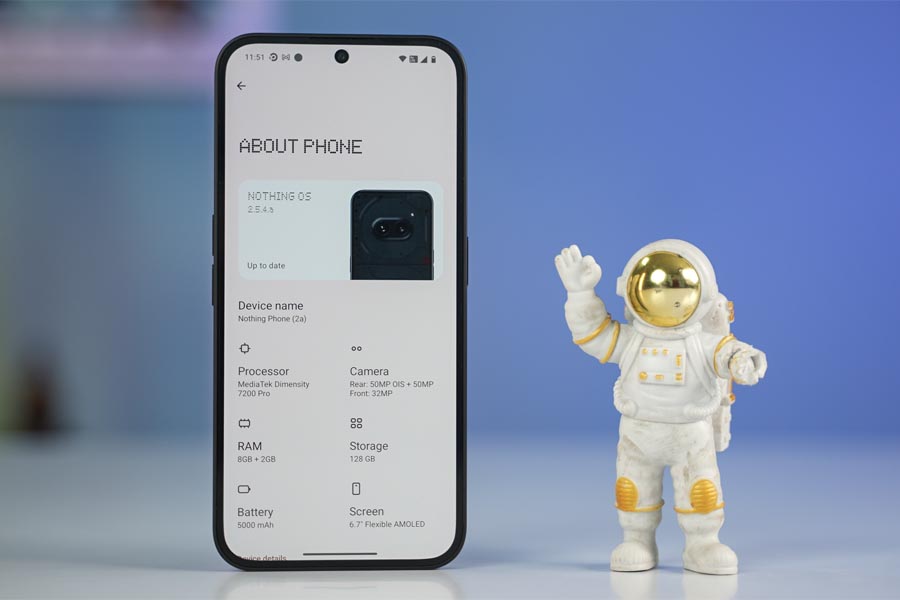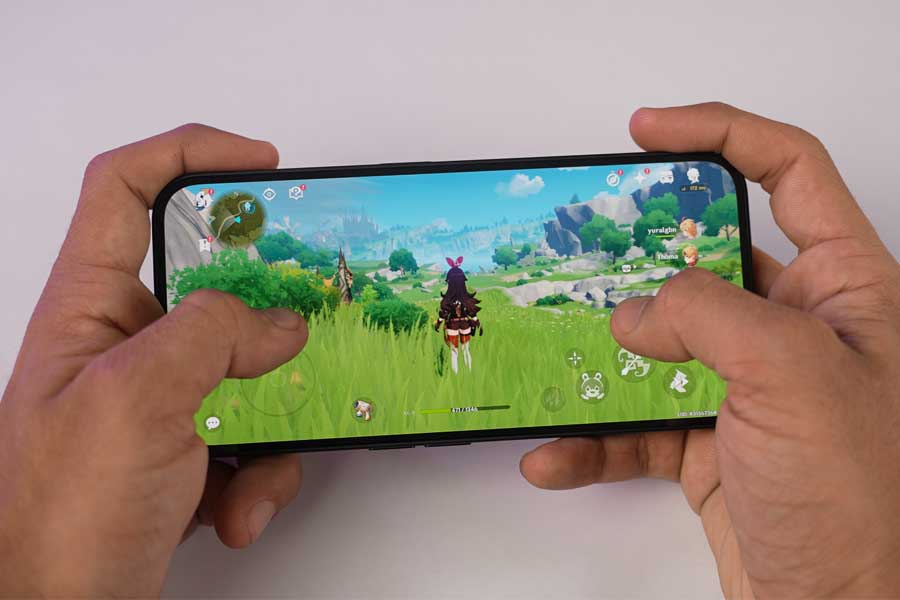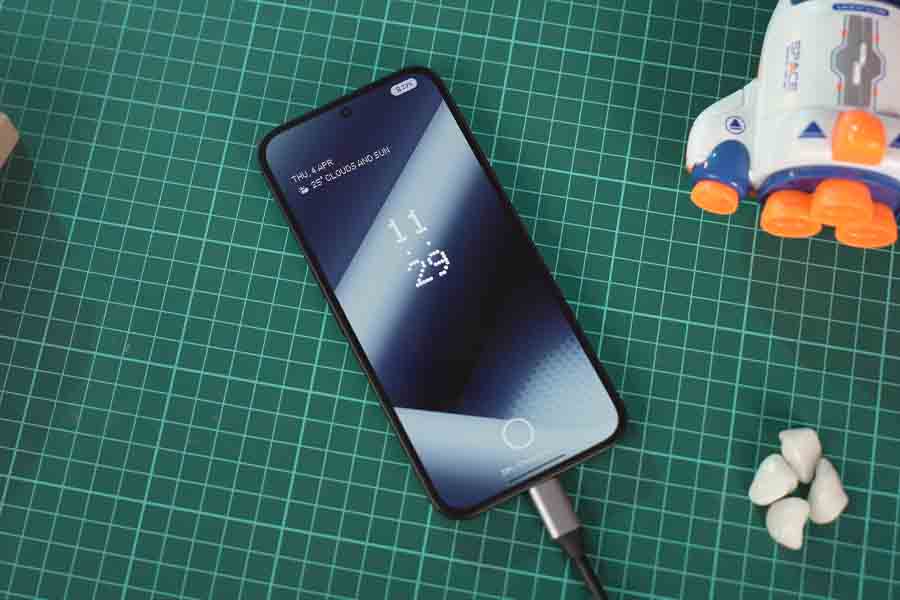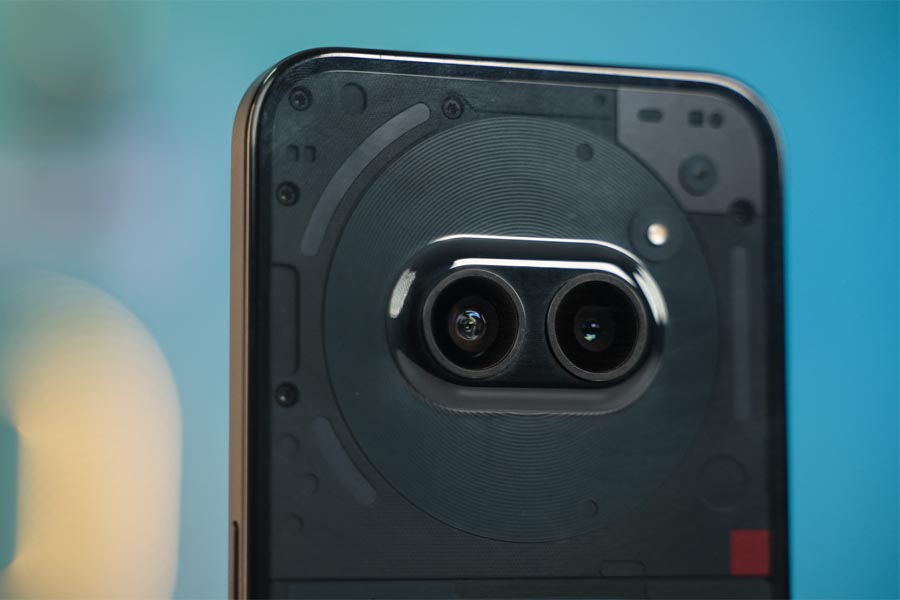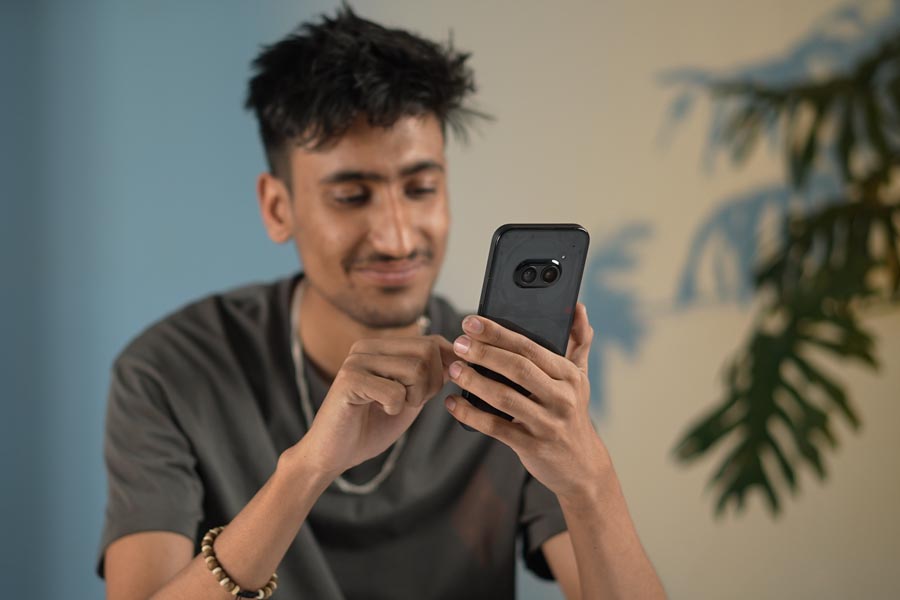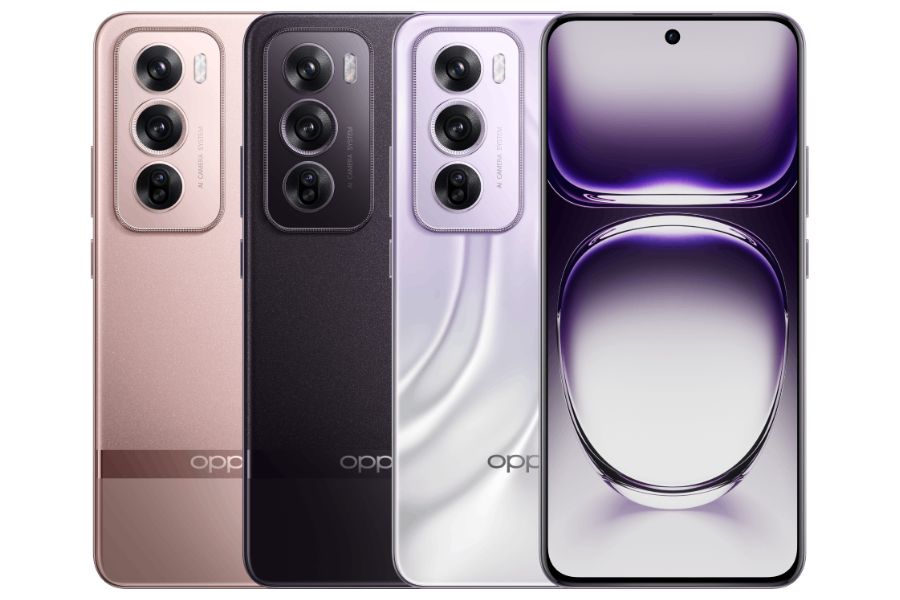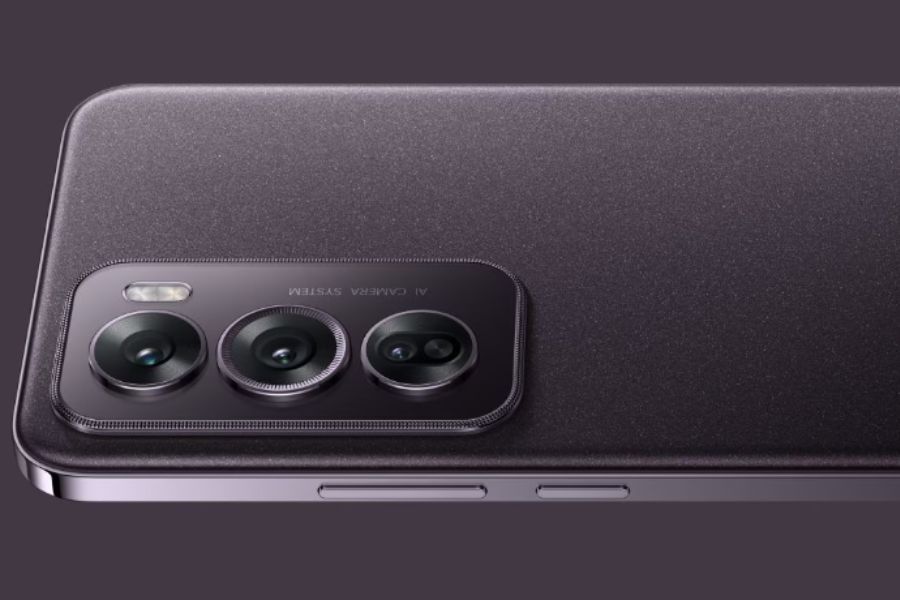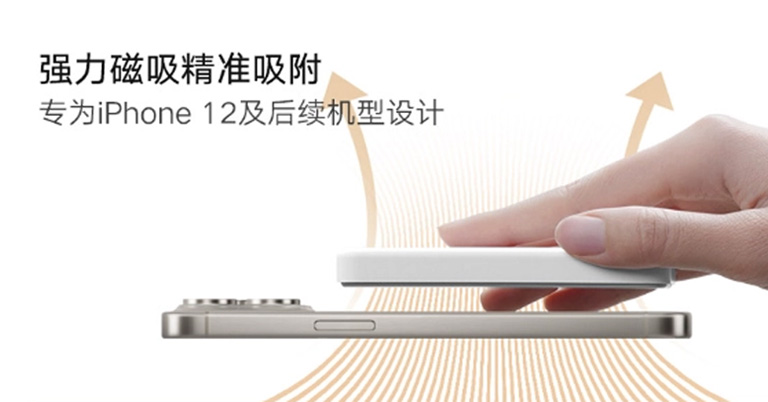Last year’s GT 10 Pro was a great midrange gaming phone. And in this review, I’ll be talking all about my experience with its successor, the Infinix GT 20 Pro. It brings a more powerful Dimensity 8200 Ultimate chip, along with a dedicated gaming display processor, a 144Hz AMOLED display, a 108MP camera with OIS, and a lot more for all the gamers out there!
But before heading to the Infinix GT 20 Pro review, let’s take a quick look at its specifications.
Infinix GT 20 Pro Review: Specifications
- Display: 6.78-inch AMOLED, 144Hz refresh rate
- Resolution: FHD+ (2400 x 1080 pixels), 20:9 aspect ratio
- Chipset: MediaTek Dimensity 8200 5G (4nm mobile platform)
- Memory: 8/12GB RAM, 256GB storage (expandable)
- Software & UI: XOS 14 based on Android 14
- Rear Cameras: Triple (108MP primary, 2MP macro, 2MP depth)
- Security: In-display fingerprint sensor
- Connectivity: Dual-band Wi-Fi 6, 5G, NFC, USB-C
- Battery: 5000mAh with 45W fast charging
- Color Options: Mecha Silver, Mecha Blue, Mecha Orange
- Price in Nepal: NPR 47,999 (12/256GB)
- Check the full specifications of Infinix GT 20 Pro here
- Buy Infinix GT 20 Pro here
Infinix GT 20 Pro Review
“Mecha Design” for gamers
- 164.3 x 75.4 x 8.2 mm, 194 gm
- Glass front, plastic back/frames
- “Mecha Loop Lighting” with customizable LED lights
Infinix sent me this PR package with a lot of other cool stuff, like this attachable magnetic phone cooler, finger sleeves, this cool cover, etc, etc, but that’s beside the point. Let’s get straight to how this device held up in my 2-week usage!
Alright, first of all, I cannot not acknowledge this design. This is one sharp-looking phone. Infinix calls it the “Mecha Loop” design and for me it is eye-catching, but I think gamers out there will surely relate to the gaming aesthetics of this phone.
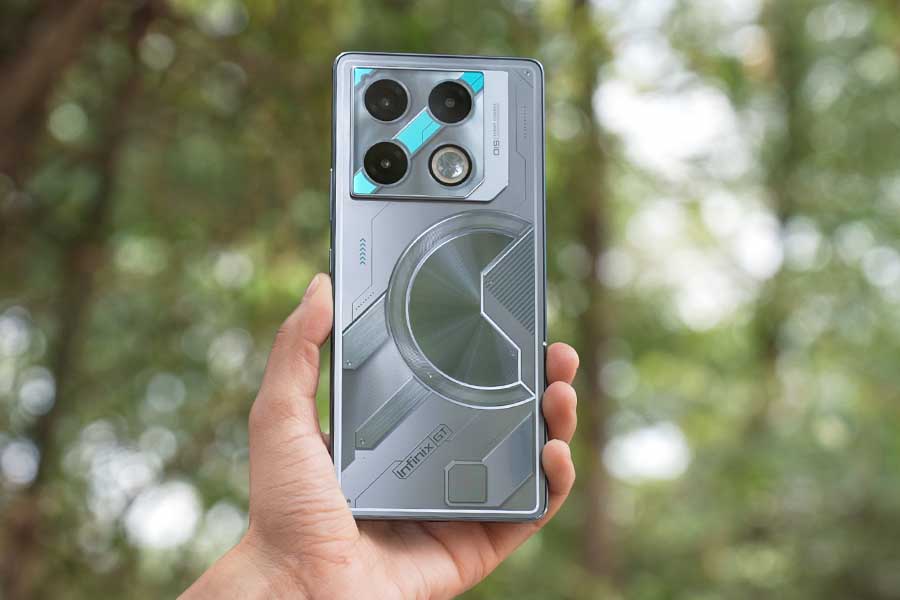
LED lights
There are a couple of LED lights that glow during certain actions like when you get notifications, while playing music, charging, etc. and these lights are customizable too. So you can change the way they glow according to your liking. And looking at how popular such semi-transparent designs are, I am sure people will appreciate this one too!
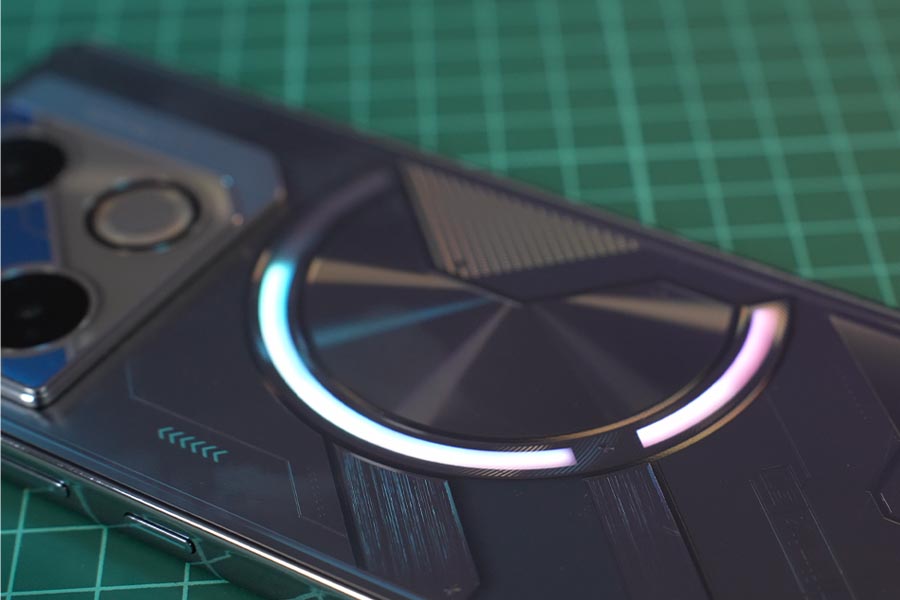
Good weight distribution
But the best part is that this is one comfortable device to hold! It’s not heavy but at the same time, it’s got a good heft weight distribution. And since the GT 20 Pro has a flat design, it’s so much cozier while gaming.
This is not a glass design by the way, it’s plastic, but plastic does not shatter like glass so I am kind of okay with this. Plus, it has a good heft and is comfortable to hold, so no complaints from my side.
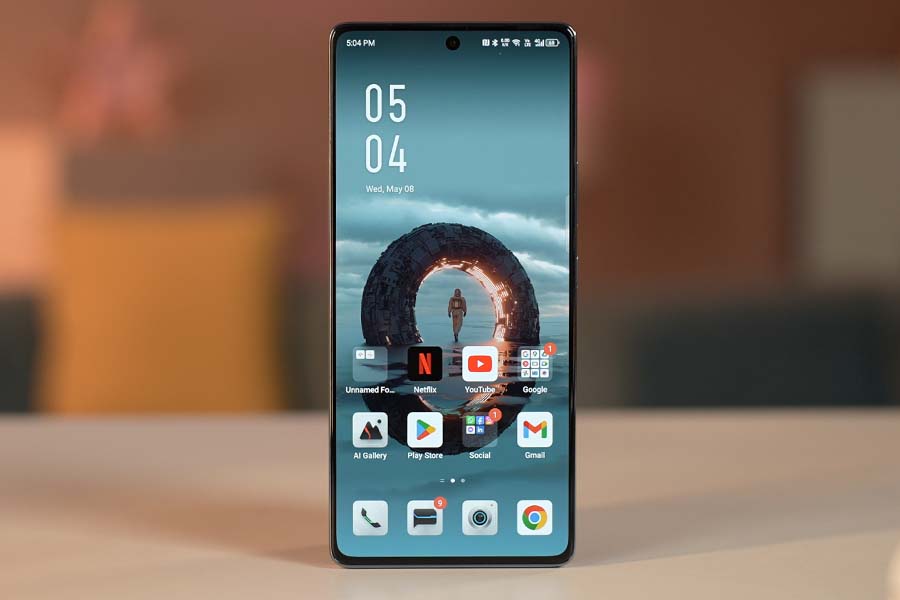
Even when you turn it over, Infinix has made sure to trim the bezels really thin, so I am happy about that.
The only thing I am a little sour about is that Infinix has not been very open about the display protection on this screen. Even by default, it does not come with a screen protector, but you do get one inside the box, so I would suggest you install that before using this device.
144Hz refresh rate
- 6.78-inch FHD+ AMOLED panel
- 144Hz refresh rate
- 1,300 nits peak brightness
Anyway, interacting with the Infinix GT 20 Pro’s display is a great experience. It’s smooth and well-optimized and the touch here is really responsive. It’s a 144Hz screen with a 360Hz touch response rate, by the way, and not in a gimmicky way like with some brands. You can actually use certain parts of the UI at 144Hz.
However, I have to tell you, that when you start scrolling social media, the number will dip to 120Hz.
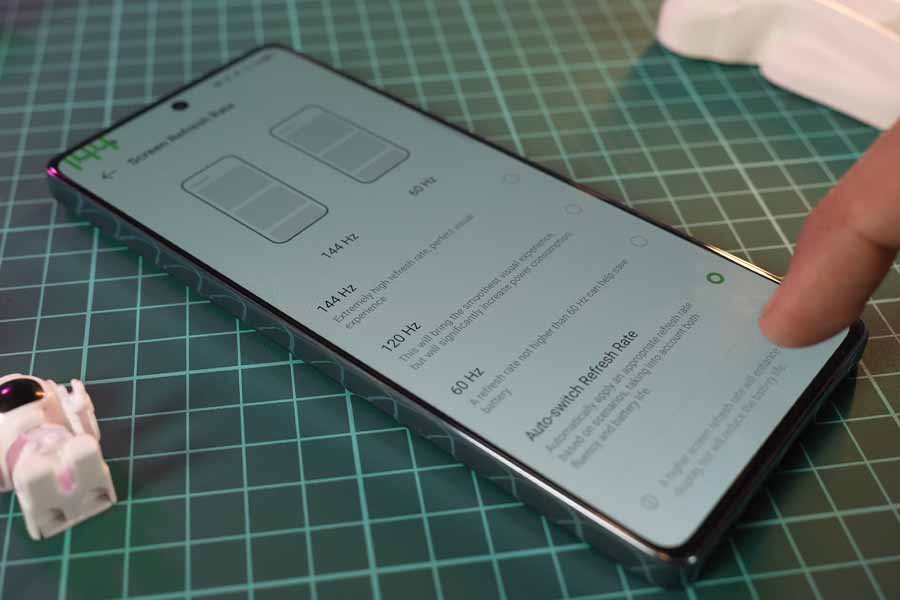
Also, something you have to know is that even though the screen on the GT 20 Pro refreshes at 144Hz, games don’t run at 144 fps exactly, the max fps you can reach is 120 fps in games like Mobile Legends, Mech Arena, and PUBG!
For the gaming enthusiasts out there, you also get something called an “Esports mode” when you swipe from the side during games. Here, you will see a bunch of options to block calls and notifications, optimize the CPU performance boost frame rate, etc!
Gaming performance
- MediaTek Dimensity 8200 Ultimate (4nm)
- 12GB LPDDR5X RAM, 256GB UFS 3.1 storage
- Pixelworks X5 Turbo gaming display chip
You can see my gaming test numbers on the screen and they are really good, not just the average fps, but the 99th percentile too. Mobile Legends runs incredibly smooth averaging at 118 fps, while playing Mech Arena at the highest graphics results in great stability as well. Even the temperature data is favorable in these games.

I can play PUBG at 120 fps on this thing!
Infinix has also rolled out April’s update enabling 120 fps mode in PUBG mobile. This is one of the first mid-range phones to receive this update and in fact, the Infinix GT 20 pro is the official Gaming Phone for PMSL, EMEA & CSA, which may be one of the reasons for the early update!
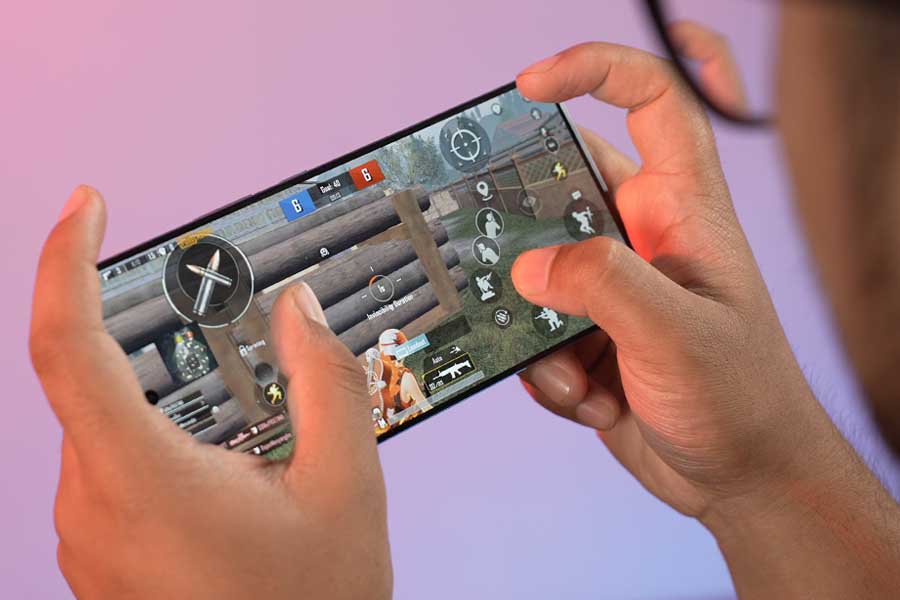
PUBG gameplay is smooth here averaging at 112 fps in the smooth+ 120 fps mode. Likewise, Genshin Impact runs at around 58 fps at high graphics and 60 fps settings. And as I said before, not just the average fps is impressive here, but the 99th percentile number is good too, which means the stability in games is superb.
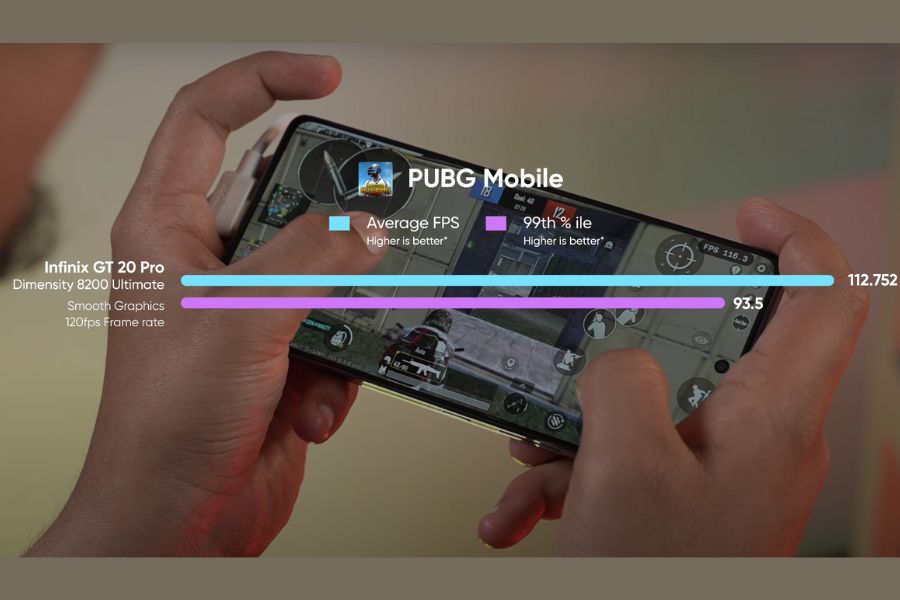
Two cooling solutions
Infinix has also included 2 forms of cooling solutions here, the phone uses graphite sheets as well as vapor chamber cooling. While I tested the games, I found the cooling solution dissipating heat rather well here. The phone would get to almost 44°C in titles like Genshin Impact, but the performance and stability were unhindered, so I would say it did a pretty good job.
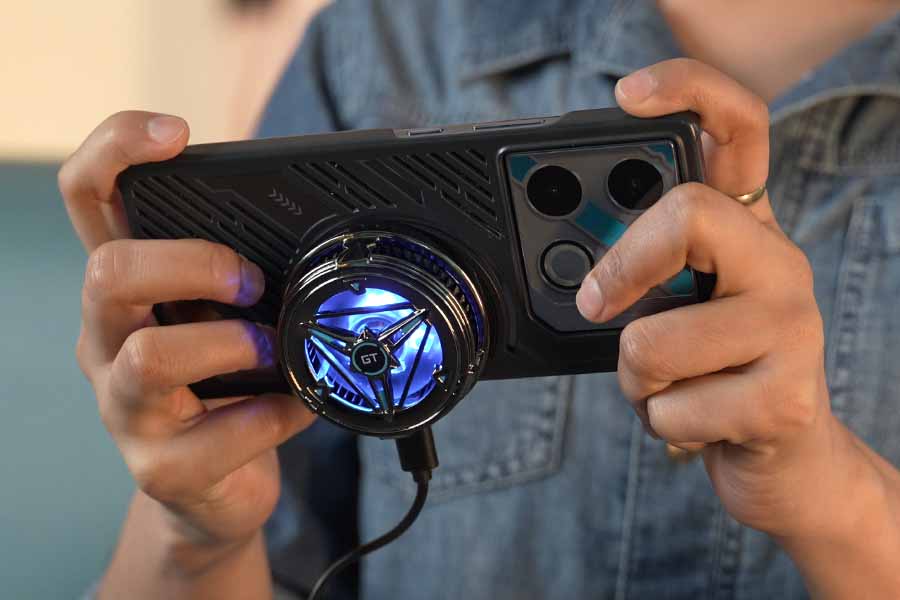
I also tried using the magnetic cooler that came in the PR package and was able to get even better temperature numbers. By the way, the cooler does not come included in the normal retail package, but users can choose to buy it separately in case they would like to have it.
Other gaming features
Besides, there are other gaming-specific features here, like “bypass charging” which does a good job of maintaining the thermals when you are playing games while plugged in.
What it does is, it allows the device to drive power directly from the charger, bypassing the battery, which reduces the load on the battery resulting in less heat build-up.

Here is a side-by-side comparison of 30 minutes of PUBG gameplay without plugging in the charger vs plugging in and enabling bypass charging and evidently the phone can maintain the thermals very well.
Good haptics and speakers
- X-axis vibration motor
- Stereo speakers tuned by JBL
In any case, there is no denying that the Infinix GT 20 Pro is a good gaming phone in its price range.
It’s also got good haptics, thanks to the X-axis vibration motor that you get here, and the JBL-tuned stereo speakers sound loud too. They are not the most balanced, but they sound good. I especially love how the highs sound really crisp here.
A good quality AMOLED screen
That complemented by a nice quality AMOLED screen means that not only while gaming, but the GT 20 Pro provides a nice experience while watching content and everything too.
It features a 10-bit display with nice vibrant color reproduction, 1300 nits of peak brightness, 2,304 Hz PWM dimming as well as 100% DCI P3 color coverage and TUV Rheinland Eye Comfort certification.
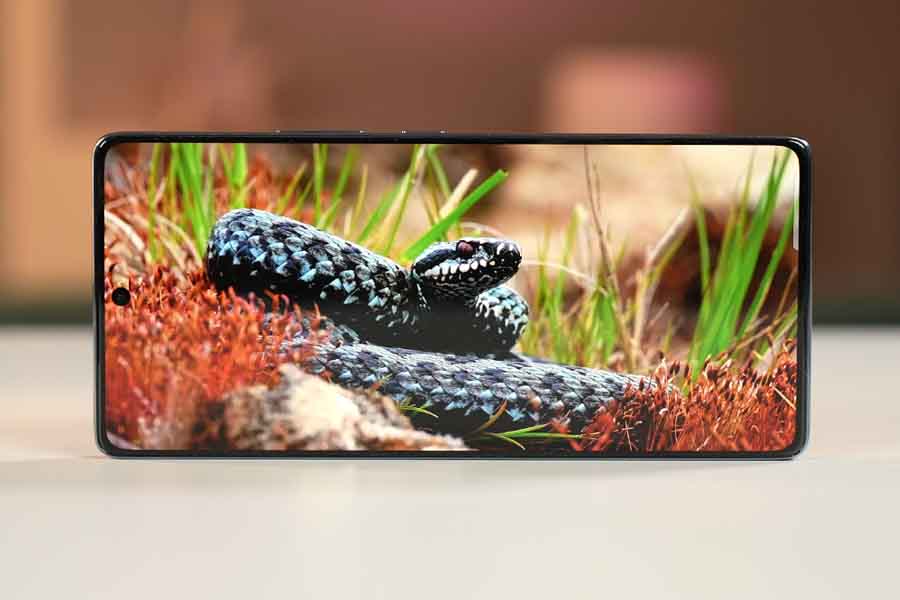
The only thing that’s missing in this display is HDR video playback on Netflix, otherwise, this screen has 99% of the things needed to make a good display. There’s also an optical in-display fingerprint sensor here that is fast and works very accurately.
Software experience
- XOS 14 on top of Android 14
- 2 years of OS, 3 years of guaranteed security updates
And I am also surprised by the software experience on this thing too. It comes with Android 14 out of the box with Infinix’s XOS 14. I mean, the UI here is clean and it does not come with many bloatware apps either. There are a few pre-installed system apps, but Infinix gives you the choice of uninstalling 90% of them which isn’t much trouble if you ask me. Infinix has promised 2 years of OS and 3 years of security updates here, so that’s nice too!
Battery life
- 5000 mAh with 45W fast charging
Likewise, the battery life of the GT 20 Pro is not bad either. It has a 5000 mAh battery with which I was averaging around 6.5 hours of screen-on-time on this phone in a day with a lot of social media usage and some gaming which is not bad for a performance-centric phone!
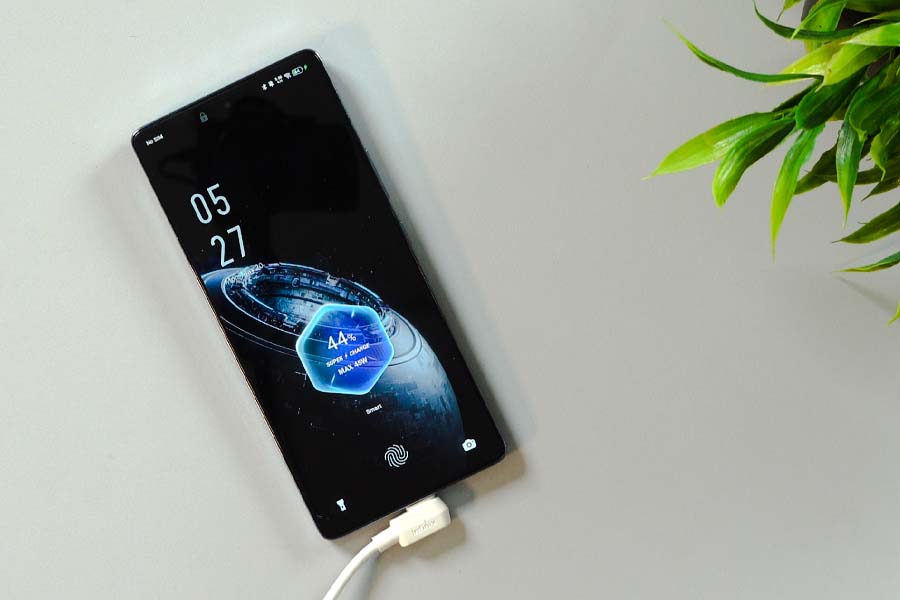
It has 45W fast charging support that takes this phone from 0-100% in exactly 1 hour and 3 minutes!
Are the cameras good?
- Triple camera setup at the back
- (108MP main, 2MP macro, 2MP depth)
- 32MP selfie camera (hole-punch)
Lastly, let’s talk about the cameras now and I have to say, I was not expecting a lot in this department. Especially because this is one aspect where gaming phones usually suck at.
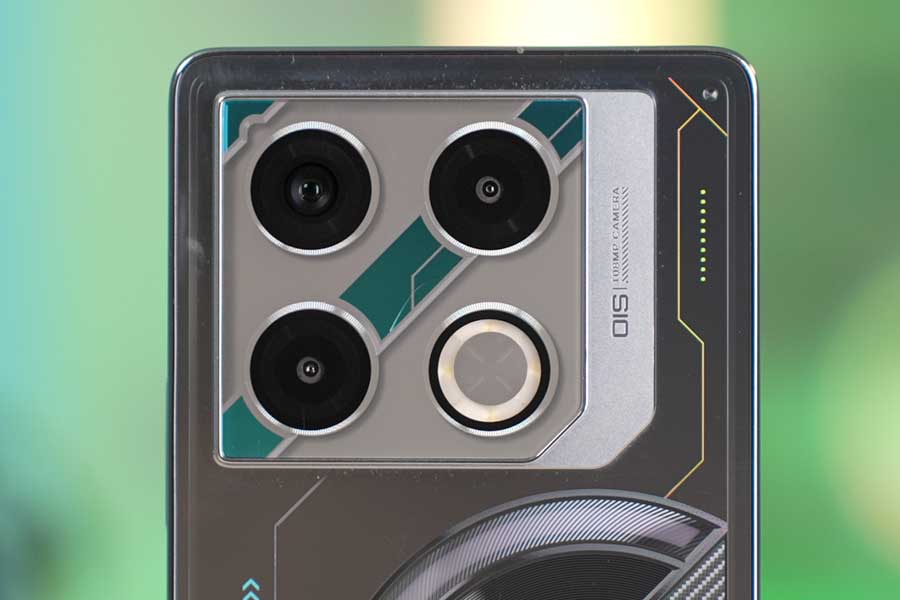
But the cameras here are good. It does not have an ultra-wide sensor, but its primary camera exceeded my expectations. The other two 2-2 MP sensors are nothing extra to talk about though!
Daylight images
You can see from these samples how the 108MP camera here is able to manage great details and sharpness thanks to the onboard OIS. The color science is slightly on the punchier side, but not in an overwhelming way, so I’m actually okay with that.
You will notice a bit of extra contrast every now and then but in general, the photos look nice with good highlight management and dynamic range.
Portraits
The portraits are nice too. I like the field of view and subject focus in the 2x portraits taken from this phone. The skin tone is a little processed and there is an extra hint of contrast, but these photos are good enough to make it to a few social media posts, no doubt!
Nighttime images
Nighttime photos from this phone are great too, with such fine details and good color reproduction along with good sharpness. I actually didn’t feel the need to turn on night mode most of the time since the native normal mode photos were good enough.
Selfies
The selfies are acceptable too. There is a lot of smoothening going on even in the natural mode, but, hey, if that is what you prefer, you might even like what you get here.
Videos
In terms of videos, you can go up to 4K 60 fps here, but you will notice a bit of shakiness in this resolution. However, turning to the 4K 30 fps or 1080p option will give you much better stabilization.
Even from the front, you get an option to shoot at 2K 30 fps, and the output is a little shaky, but not bad quality-wise! I wouldn’t call this phone great for videography, but for normal, casual recordings, the footage is nice enough!
Infinix GT 20 Pro Review: Conclusion
Alright everyone, time for the moment of truth and I would like to answer 2 questions here, is the Infinix GT 20 Pro a good phone for the price, and should you buy it?
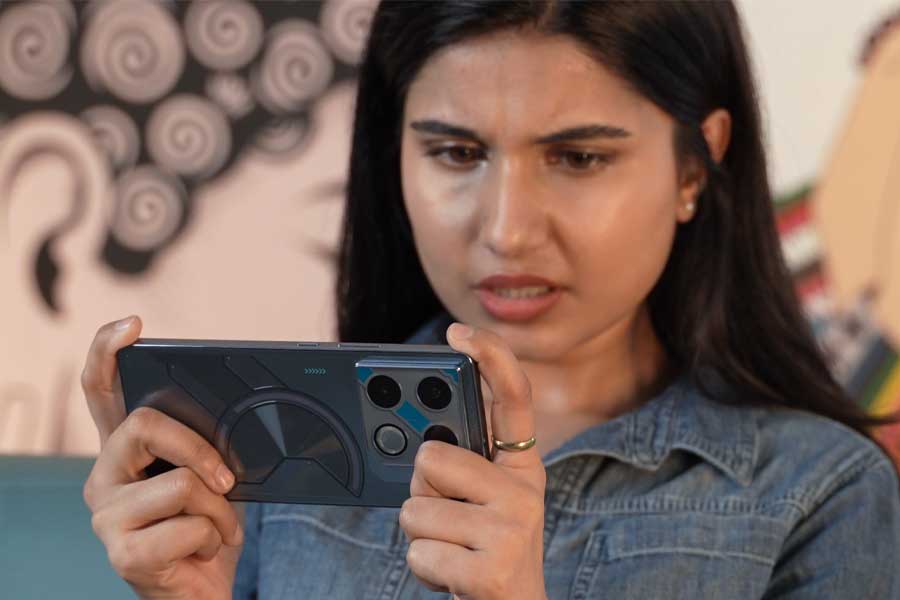
Well, the answer is yes, it brings a lot of competitive specs under NPR 50,000 and not in a gimmicky way either. Its performance is good, it has a unique design, good display, surprisingly nice cameras, and most of all, Infinix has really worked on the software side.
So, if you are looking for a gaming phone that can also do a bit of everything else, the Infinix GT 20 Pro is a good buy in my opinion.
Infinix GT 20 Pro Review: Pros and Cons
Pros
- Superb gaming under NPR 50,000
- Gaming vibe design and 144Hz display
- Dedicated display processor
- Decent cameras
Cons
- No ultrawide camera
- Average stabilization for videos
You can also check our Infinix GT 20 Pro review video.


